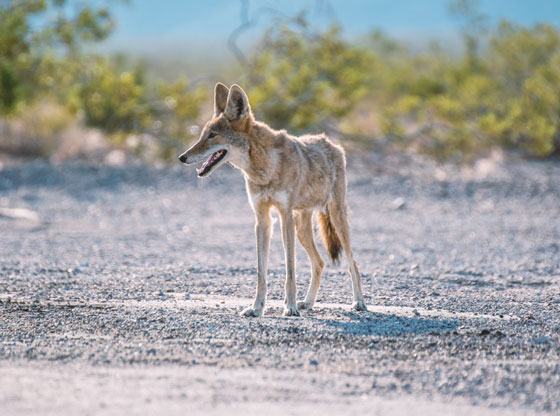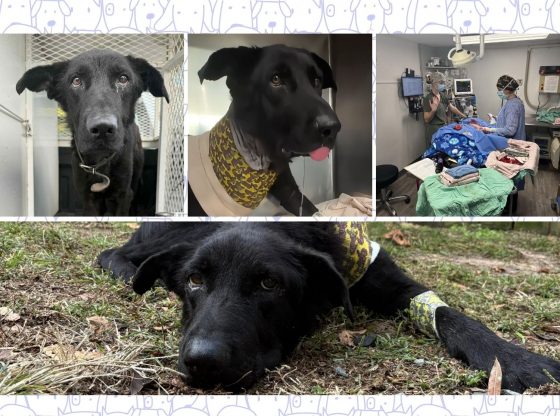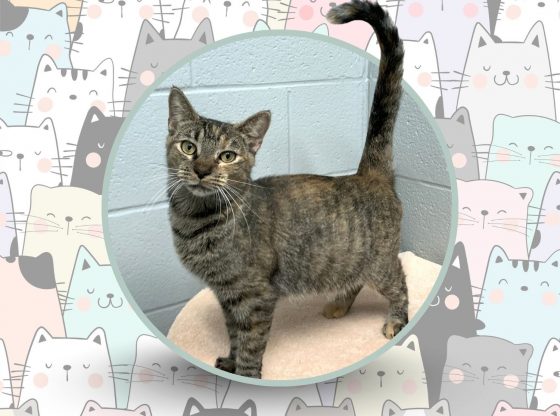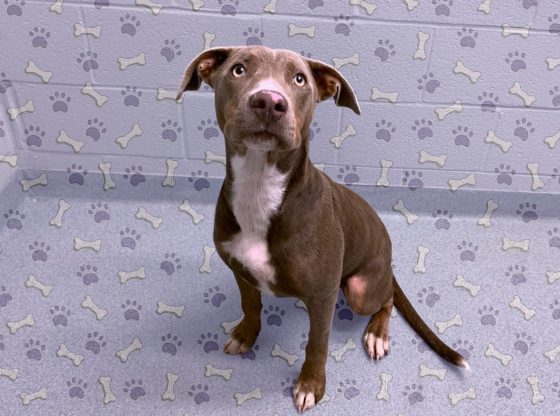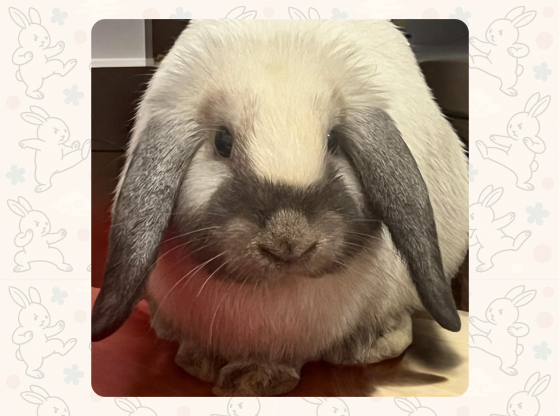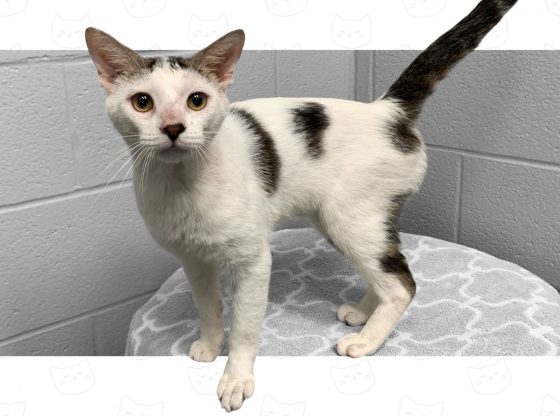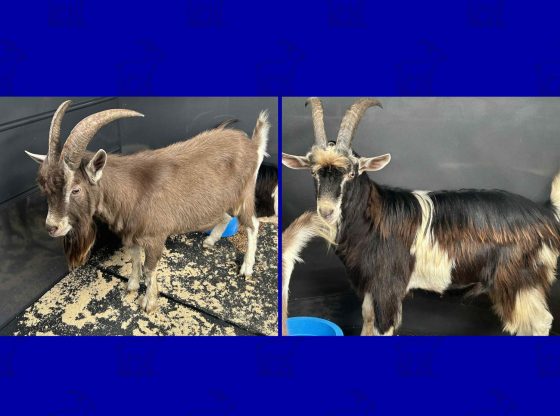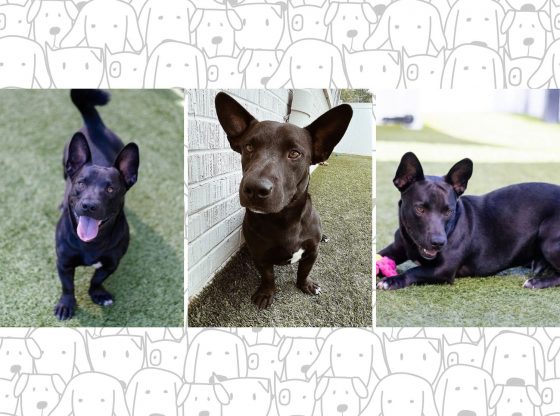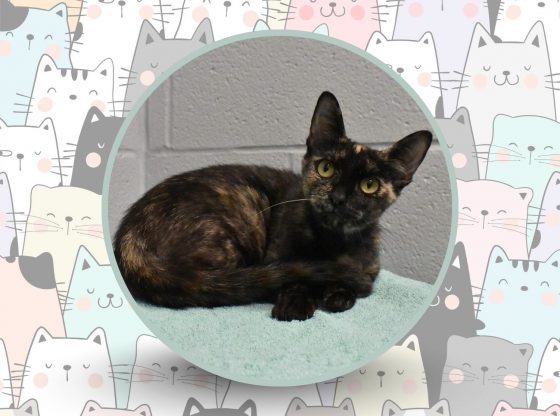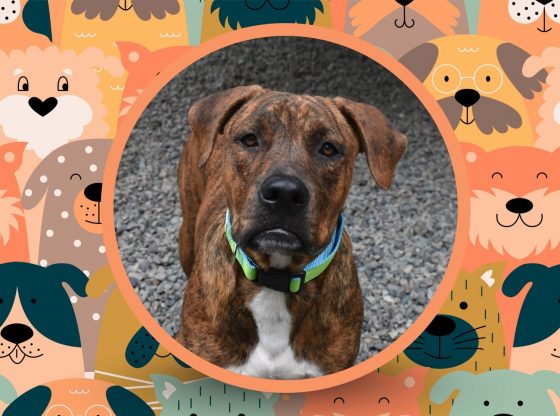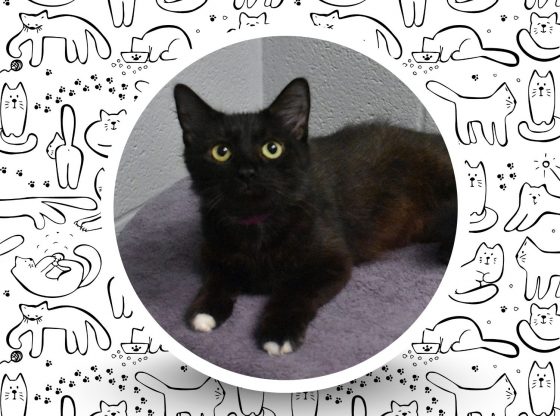Coyotes are common throughout North Carolina, even in cities and suburbs, but often go unnoticed because they are very good at avoiding people. However, biologists with the N.C. Wildlife Resources Commission say that coyote sightings spike in the spring, so it’s imperative to know what attracts them, and what to do if you see one.
Coyotes prefer to raise their young in secluded areas, but keeping a litter of pups well-fed and healthy means scouting for food at all hours and covering a large territory. Coyotes will roam a wide area searching for food, sometimes crossing through neighborhoods and densely populated areas looking for an easy meal. Coyotes mostly eat rabbits, small rodents, insects, fruits and dead animals, but will also dine on outdoor pet food and food scraps left near homes. Smaller pets, such as cats and small-breed dogs, should always be closely supervised when outdoors, as they can easily be mistaken for a coyote’s natural prey.
Dog-proof fencing, which is at least 6 feet tall and prevents digging underneath, is the only guarantee of a no-coyote zone, but there are other ways to keep coyotes from hanging around.
“Try to remove any food sources that could attract coyotes and find ways to actively make the area uncomfortable for them,” says Falyn Owens, extension biologist for the Wildlife Commission.
Owens offers these tips to deter coyotes:
Feed pets inside and keep food waste in secure containers. If you feed pets outside, set specific feeding times and remove the dishes and spilled food afterward;
Keep fruit and bird seed off the ground. They can attract coyotes and their rodent prey;
Keep cats and small dogs on a leash or harness whenever they are outside;
Haze coyotes away from homes and businesses. Examples include waving your arms and shouting forcefully until a coyote leaves, spraying them with a water hose or throwing small rocks in their direction.
Pup season brings an added factor to interacting with coyotes.
“Coyotes typically avoid confrontations with people, but they are diligent parents. A coyote that has young pups nearby is more likely to stand its ground rather than run away. If you are passing through a brushy or wooded area and notice a coyote watching you or following you at a distance, there could be a den nearby,” said Owens. “Calmly leave and notify others to avoid the area if you are near a public trail. Coyotes will move on once their pups are old enough to survive outside of the den.”
Coyotes rarely attack people, but sometimes take an interest in our pets. Keep cats indoors, and if you are walking a small dog and notice a coyote watching or following you, pick up the dog and haze the coyote until it leaves. Teaching a coyote to have a healthy fear of people is a great way to discourage unwanted behavior and foster coexistence.
If you have questions about interactions with coyotes, visit www.ncwildlife.org/coyote or contact the NC Wildlife Helpline, Monday through Friday, 8 a.m. — 5 p.m., at 866-318-2401 or email [email protected].
Contributed.


